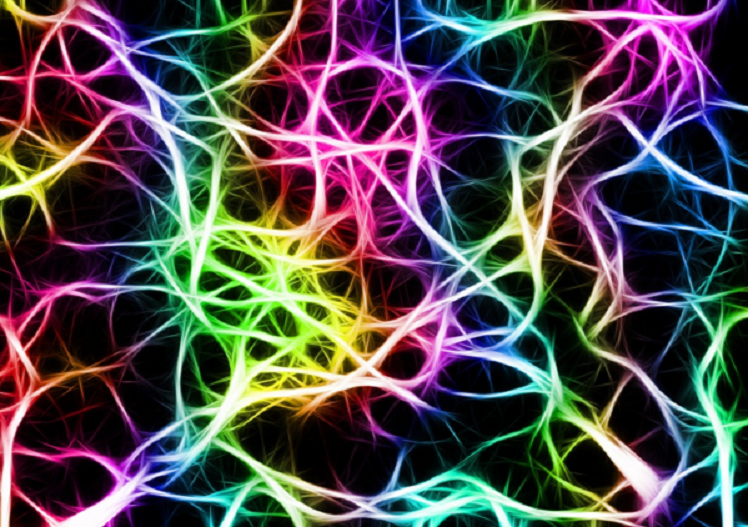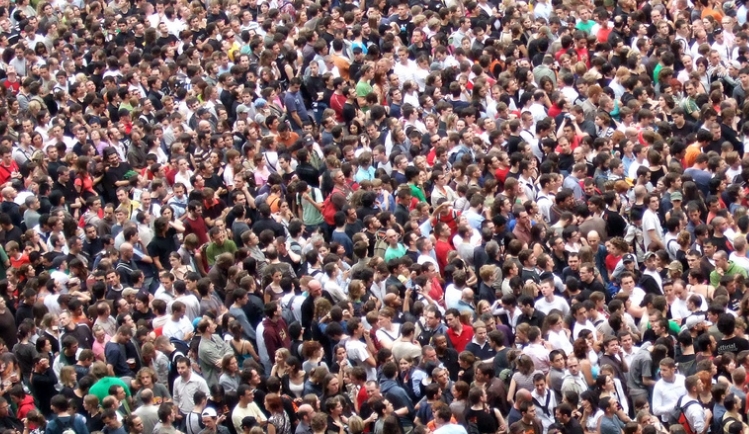
Advertisement
Belgian researchers developed an oligomer powder that can store electronic data. They believe that data storage devices derived from their new material could one day replace conventional storage systems like USB drives and magnetic drives.
Like polymers, oligomers are a type of chemical compound that are comprised of more than one molecule. But whereas a polymer can be made from a theoretically infinite number of monomers, an oligomer only contains a few units that repeat a certain pattern.
Now, a computer saves electronic data in the form of binary code that uses just two symbols: A zero and a one. Financial accounts, matrix barcodes, online videos, and all other types of electronic information are made up of binary codes.
The patterns in the oligomers can be customized to store binary code data. For example, a tiny bit of oligomer powder could hold the same amount of information as a much larger QR code, which serves as an identification for the item it is attached to.
The powder was developed by a research team from Ghent University (UGent). They shared the details of their discovery in the science journal Nature Communications. (Related: Future data storage: Magnetic swirls called skyrmions hold promise for condensing data.)
We produce far more data than we can effectively store – or use
Our modern-day society generates huge amounts of data every day. We are producing information at a faster rate and in greater amounts than ever imagined.
Data storage technology simply cannot evolve fast enough to keep up with the demand for more and more electronic storage space. We fill up storage devices faster than the manufacturers can make them or improve them.

Furthermore, the cost of storing constantly increasing amounts of data are staggering. First, you would need to build more hard drives to accommodate the data. And both the small USB sticks and the bigger devices used in desktops and servers achieve their improved performance by using a lot of heavy metals, which are very expensive and dangerous for humans.
Those high-performing devices will also use up more electrical power and generate a lot of heat while running. When they are arranged together in enough numbers to act as a high-capacity server, the drain on the power grid is immense.
They also get so hot that server operators have been forced to set up shop in cold countries or even under the sea. The cooler temperatures in those regions help the cooling systems keep the servers from burning out.
New biological powder can store data in the same way DNA stores genetic info
The biochemistry, chemistry, and computer science departments of UGent worked together to come up with a new means of storing data. They took a page from nature’s playbook, where genetic data is stored inside DNA through biochemical means.
After much experimentation, the Belgian chemists unveiled a new chemical process that mimicked this natural ability to store information in a biological material. Made from organic materials, a small amount of the oligomer powder has enough space to store a piece of text or a QR code in it.
This stored data can be accessed through biochemical analysis. Their colleagues from the computer science department made ChemCoder, a pair of programs that immediately translated the information in the powder in a very short amount of time.
One of the UGhent programs is in charge of automating the process that writes the QR code onto the oligomer molecules. It also handles the conversion process.
The other program ensures the smooth and fast analysis of the stored data. When used in tandem, they will direct the user to the app, map of a city, or website that they are looking for.
Sources include:
Submit a correction >>
This article may contain statements that reflect the opinion of the author
Advertisement
Advertisements
















